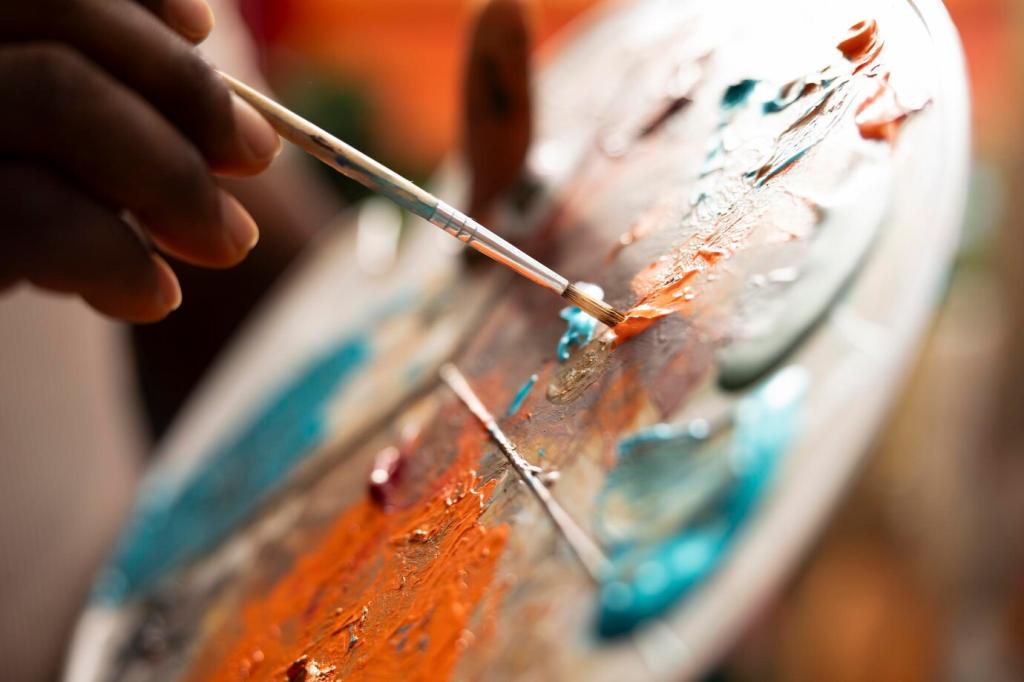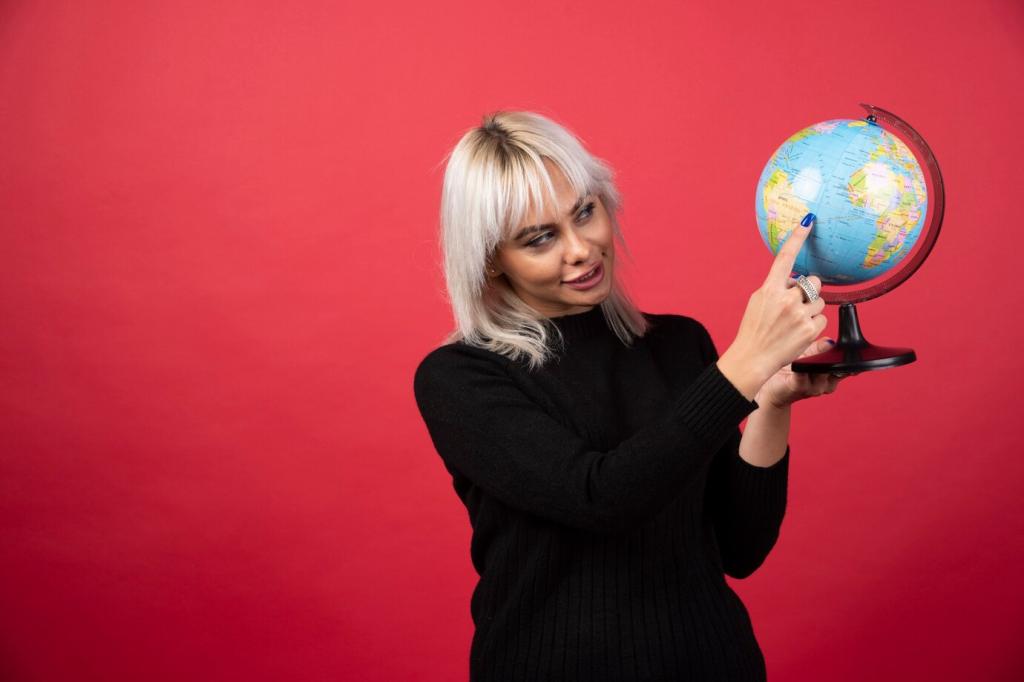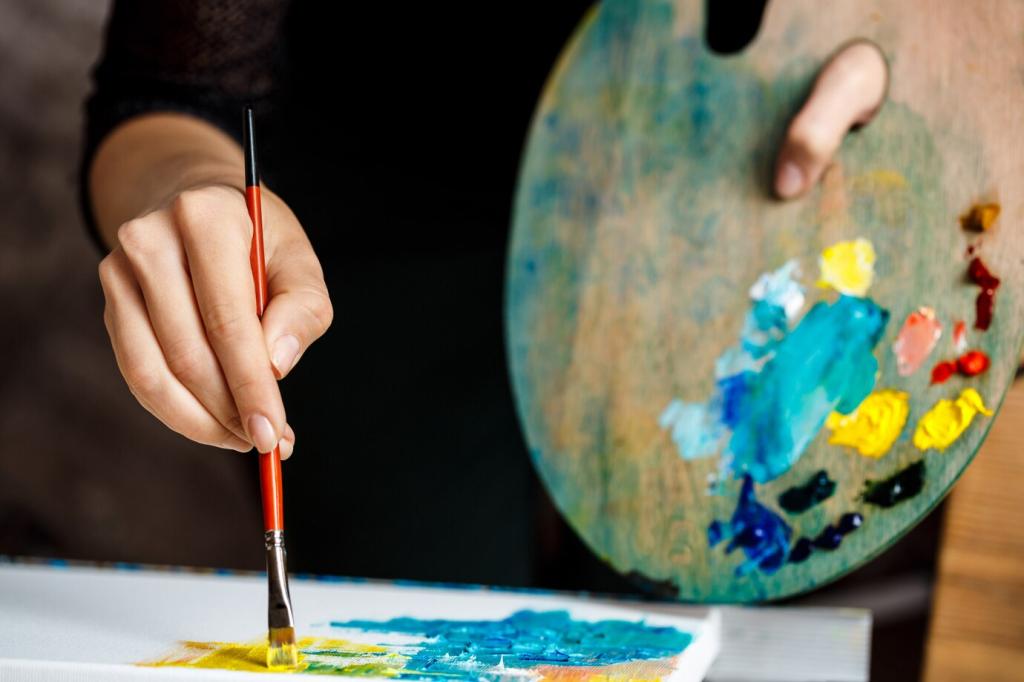
Integrating Artistic Diversity into Landscape Architecture
Chosen theme: Integrating Artistic Diversity into Landscape Architecture. Step into a living gallery where landscapes become inclusive stages for many art forms—sculpture, sound, textiles, and light—woven alongside ecology, culture, and everyday life. Subscribe and join our community conversations as we explore how plural aesthetics create places that welcome, heal, and inspire.
A Living Canvas: Why Artistic Diversity Matters Outdoors
From Sculpture to Soundscapes
Public landscapes thrive when artworks extend beyond static objects. Kinetic sculpture, embedded sound pieces, and interactive seating let wind, footsteps, and water compose evolving experiences. The result is a place that invites lingering, discovery, and conversation among strangers who suddenly realize they are co‑authors of the landscape’s performance.
Cultural Layers in Planting Design
Planting can carry cultural memory as gracefully as murals do. Patterns borrowed from weaving, tilework, and embroidery can guide bed layouts and bloom sequences. Native species, chosen for ecology, also echo local craft palettes through texture, color, and form—creating gardens that feel both rooted in place and open to many interpretations.
Public Belonging Through Plural Aesthetics
When people recognize aspects of their heritage—motifs, rhythms, scents, or stories—woven into a park, a powerful sense of belonging emerges. Belonging encourages care: litter disappears, paths are respected, and neighbors become stewards. Tell us how you’ve felt welcomed by art in a landscape, and consider subscribing to share your observations with our community.

Methods for Blending Media with Ecology
Select materials that age with dignity: corten steel that patinas, basalt that resists freeze‑thaw, FSC‑certified woods protected with breathable finishes, and mineral pigments that do not leach. Pair materials with microclimates, consider salt spray and sun angles, and plan gentle maintenance cycles that keep art resilient without overburdening crews.
Listening Sessions on the Site
Convene small groups outdoors, at dawn and dusk, to hear how the place feels across temperatures and tides of activity. Provide multilingual facilitators, sketch tools, and playful prompts. Ask about memories, scents, and sounds that define the site. Share your story with us—comment below and subscribe to follow future sessions.
Co‑Design Workshops with Artists
Host charrettes that pair ecological goals with diverse maker traditions—ceramicists with stormwater engineers, poets with botanists. Encourage quick, messy ideation that tests how media can serve habitat, microclimate, and accessibility. Document agreements in a creative brief that honors contributors, clarifies maintenance, and sets a north star for the project’s spirit.
Case Narratives: Lessons from Plural Landscapes
Riverside Promenade Mosaics
A flood‑prone promenade embedded river‑language mosaics into slip‑resistant pavers. During seasonal high water, the patterns glimmer beneath a thin film, turning risk into reverence. A child traced a fish tile with her boot and asked her grandfather to teach the name in his mother tongue. The walkway became a classroom and a bridge.
Desert Garden of Voices
Wind harps crafted with local artisans tuned to prevailing breezes, while native grasses softened hard edges. Afternoon gusts produced a low chorus that echoed lullaby intervals described by elders. Visitors rested longer in shaded nooks, and neighborhood musicians began improvised gatherings, treating the garden like a quiet stage woven from air.
Courtyard of Many Threads
Students donated textile patterns that inspired a perforated pergola casting woven shadows across drought‑tolerant beds. Rain chains traced stitch‑like lines during storms, guiding water into infiltration basins. The courtyard felt intimate yet communal; residents said the shifting shadows reminded them that heritage is not static—an evolving tapestry you step into daily.
Stewardship, Maintenance, and Longevity
Create simple care guides with clear diagrams, seasonal checklists, and safe cleaning methods. Favor reversible fixings, non‑toxic sealants, and anti‑graffiti coatings that do not harm plantings. Train crews alongside artists to preserve intent while solving day‑to‑day challenges. Share maintenance stories publicly to honor the often invisible labor of stewardship.


Stewardship, Maintenance, and Longevity
Plan for climate shifts, pest pressures, and changing shade. Use companion species to back up keystone performers, and design beds that accept gradual swaps without breaking the composition. Interpretive signage can explain why a plant changed, turning adaptation into a lesson about resilience rather than a perceived failure of design.
Inclusive Wayfinding and Accessibility Through Art
Tactile and Sensory Cues
Textured pavers, aromatic plant bands, and subtle sound beacons guide movement without shouting. Pair these cues with gentle grade changes, continuous handrails, and clear landings. Artistic tactility should delight while meeting accessibility standards, ensuring navigation is not only possible but pleasurable for visitors with varied sensory preferences.


Track dwell time, movement paths, and informal gatherings through observational studies and gentle, privacy‑protecting counts. Pair numbers with narrative diaries from volunteers who capture moods and stories. Together, these reveal how artistic diversity shapes daily life and where small tweaks could open space to even more voices.

Monitor canopy growth, seasonal blooms, pollinator visits, and soil health alongside perceptions of beauty and comfort. When art amplifies habitat—nesting niches in sculpture, shade from woven canopies—celebrate it on site. Share your observations with us, and we will translate findings into design adjustments readers can apply in their own projects.

Host seasonal critique walks where artists, maintenance crews, and neighbors mark what sings and what strains. Small, regular changes—re‑aimed lights, tuned sound pieces, refreshed plant pairings—keep places alive. Add your voice in the comments, and subscribe for future updates on participatory tools and open calls for collaboration.
